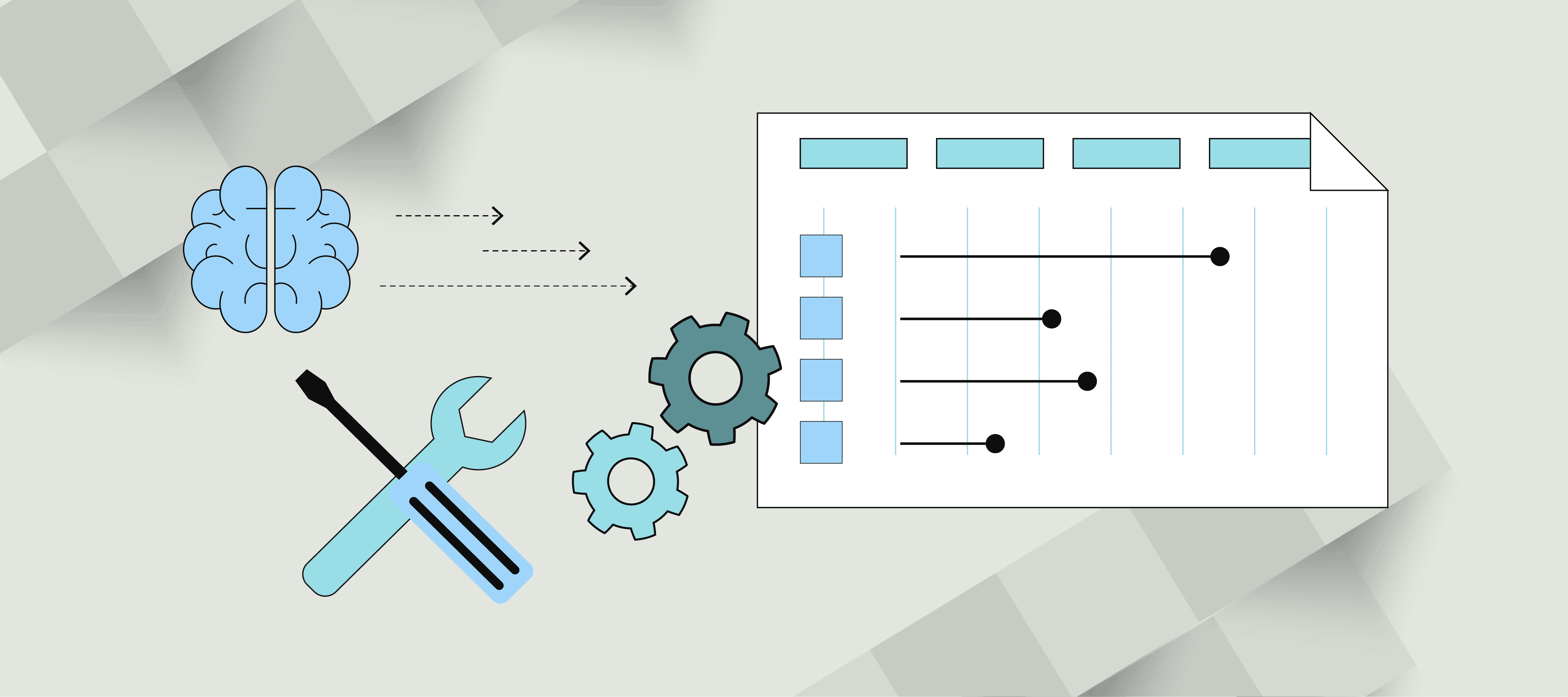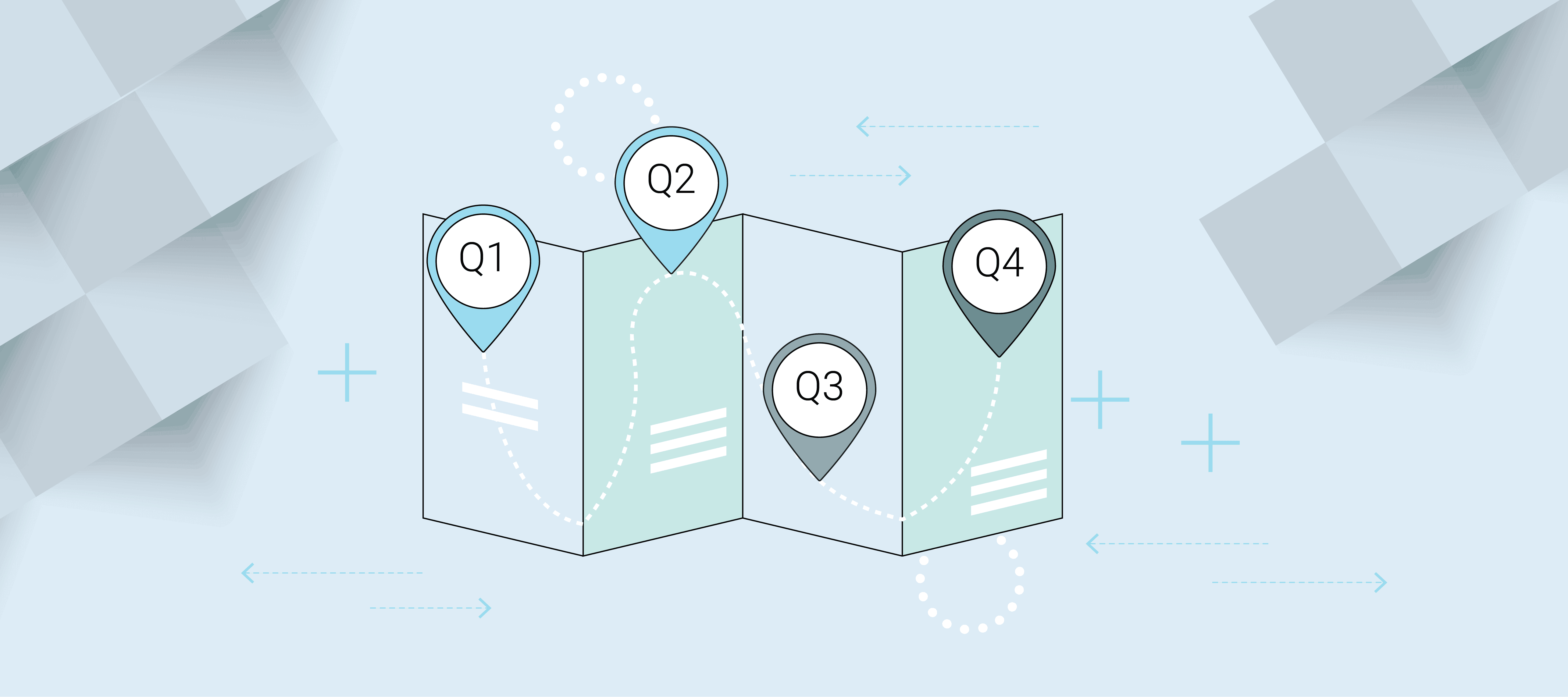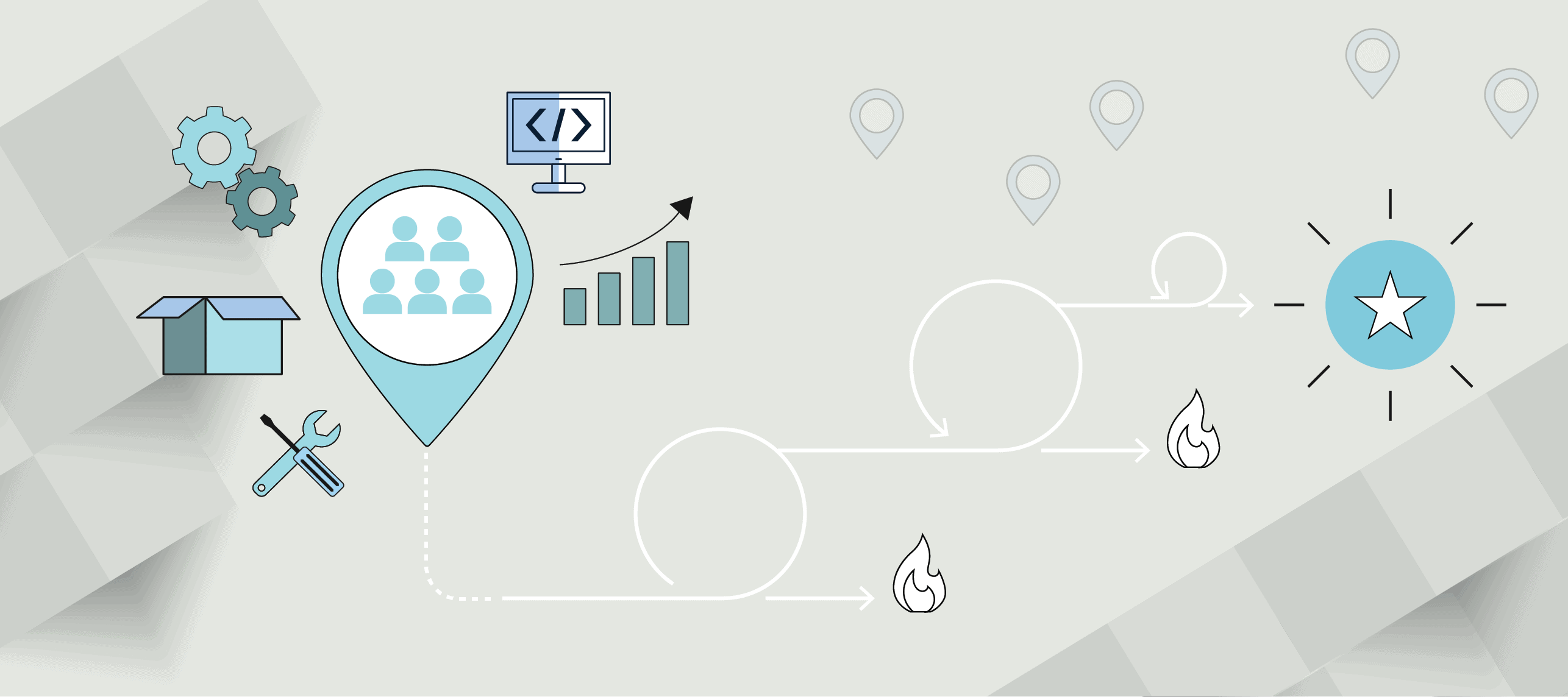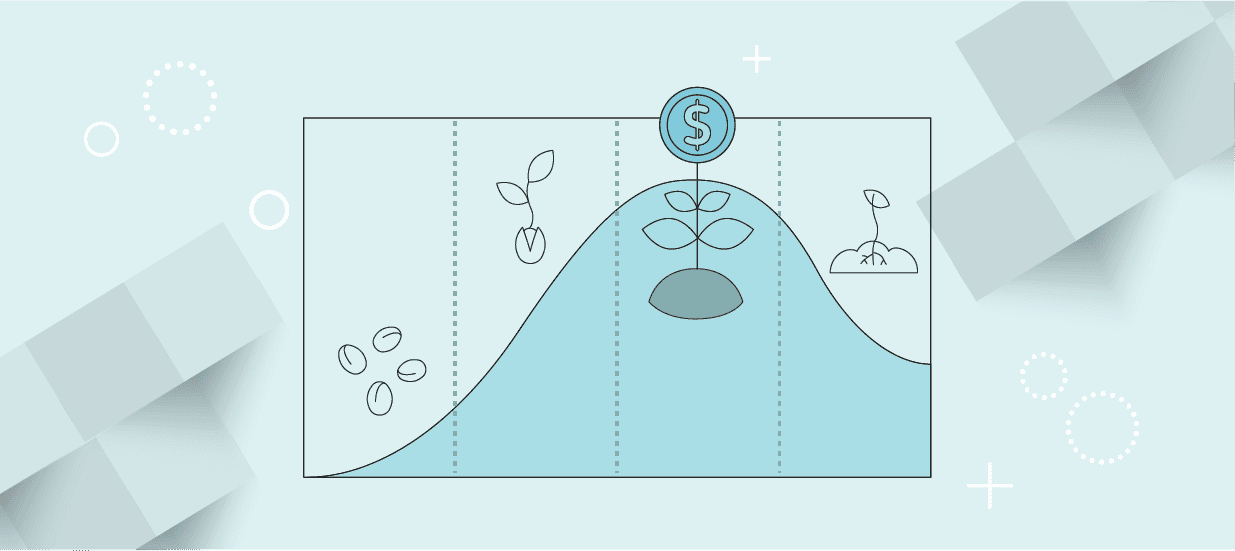4 Minute Read
You can’t find the solution to a problem if you can’t identify the source of the problem. Learning how to ask the right questions allows you to get to the root of any problem so you can become a problem solver.
How many times have you jumped straight to solutioning, only to later realize that if you had asked questions, you would have found a better solution? Problems are tricky because they often come with many layers and plenty of nuance. When people describe a problem, they describe it from the lens of their experience and expectations. This makes it even more complicated to get to the root of what’s going on.
So how do you find the best possible solution?
In my experience, the answer isn’t in the solution—it’s in the questions. Smart questions define problems better and lead to a more clear vision of what’s truly happening. When you understand what’s truly happening, you can run through multiple scenarios, consider different solutions and find the best possible answer.
When you get to the root of a problem, you can solve it in a way to leads to happier customers, growth and profit.
Can Problems Be Good?
It might not seem like it, but a problem can be a real break, a stroke of luck or an opportunity knocking. A problem can be a chance to get out of a rut and make yourself or some situation better. Of course, sometimes problems do arise as a result of external factors or bad events—but not always.
Any new awareness that allows you to see possibilities for improvement brings a “problem” for you to solve. This is why the most creative people are “problem seekers,” looking for a solution, rather than “problem avoiders.” Most folks in business are people who like to solve problems. They love untying complex knots—the bigger and tougher, the better.
A problem is the difference between your current and desired conditions. It can result from new knowledge, or it might come from an unfulfilled dream. When you identify the difference between what you have and what you want, you have defined your problem. This is when you can begin to develop a plan to achieve your goal.
Identifying Problems is the First Battle
Developing a positive attitude toward problems will transform you into a happier, saner and more confident person who is in more control of your life. Train yourself to respond to problems with enthusiasm and eagerness and you’ll be amazed at the results you will generate.
The difference between success and failure is knowing that you’ll solve the “real problem.” For example, most executives know when something is wrong. But few correctly perceive the actual issue that needs to be solved. You can, however, train yourself to effectively identify the heart of a problem with greater ease.
Here are several methods that will help you get to the root of a problem with more clarity.
Smart Questions Bring Clarity
Sonar helps dolphins “see” in murky and dark water. Questions are the business equivalent of sonar. Asking the right question will help you find your way through a problem, locate the right customers, avoid future difficulties and outperform your competitors.
Questions also act as a filter that will help you decipher the key elements of a situation. To reach a solution, finding answers to the “What?” and “Why?” is critical.
Some examples of “What” and “Why” questions are:
What is broken?
What is working?
What needs improvement ?
What must be changed?
What will have the biggest impact?
Why did this happen?
Why have we been using this process?
Why is our customer considering the competition?
Why are we losing this market?
Why is our product third instead of first?
What questions matter?
Formulating clear questions leads to precision. This approach naturally sorts and sifts information during discovery, allowing you to focus your research on gathering only the specific evidence and facts that illuminate the main question. This focused approach helps prevent getting lost in the process or confusing peripheral details with central issues.
Unfortunately, most people don’t take time to frame the questions beforehand or to ask questions in layers. Effective questions are powerful and thought-provoking. They are open-ended and not leading. Oftentimes they are “What?” or “How?” questions. And while “Why” questions can be quite helpful when you’re homing in on internal issues, use them with caution when questioning people. “Why” questions are good for soliciting information but can make people defensive. Also, to be an effective questioner, remember to be patient and wait for the answer, don’t provide it yourself!
It’s About Shared Understanding
When working with other people to solve a problem, it’s not enough to describe the problem to them; they need to understand it for themselves. You can help them do this by asking questions that lead them to think about the topic. This requires you to listen and let go of your personal biases and assumptions. Find out what the person you’re interviewing knows about the problem.
A great opener to any new project is: “What do you think is the problem?” Behind effective questioning lies the ability to listen to the answer and suspend judgment. This means being intent on understanding what the person is really saying. What is behind their words? Is it fear? Excitement? Resistance?
Let go of your preconceptions so they don’t block you from learning more information. Gather the facts, then pay attention to your gut for additional data.
When you ask smart questions, you will:
- Connect with people in a more meaningful way
- Understand the problem with greater depth
- Defuse volatile situations
- Get cooperation
- Seed your own ideas
- Persuade people to work with you because you’ve gained their confidence
Most importantly, you will be able to work through and discard a series of possible solutions. They’ll lead you to the best scenario which you can then implement. Using this method, you’ll increase the likelihood of developing the right answer to any problem—and increase your knowledge base at the same time.
Powerful Questions Enhance Understanding
Here are some examples of questions you can use during the inquiry phase to enhance your understanding of the situation:
“What seems to be the trouble?”
“What concerns you the most about _________?”
“What is holding you back from _________?”
“What seems to be your main obstacle to _________?”
Ask customer service: “What makes customers angry enough to contact you?”
Ask sales people: “What is contributing to lost deals?”
Ask product management: “What do you make of _________?”
Ask the channel: “How do you feel about our company’s pricing for _________?”
Ask customers: “What would make this product more appealing?”
To probe deeper, ask these follow-up questions:
“What do you mean by _________?”
“Tell me more about _________.”
“What else?”
“What other ways did you try so far?”
“What will you have to do to get the job done?”
“Is there something I should have asked that you need me to know?”
Engage people to solve the problem. And always, no matter what, ask people how they would solve the problem.
“How do you want _________ to turn out?”
“What do you want?”
“What is your desired outcome?”
“What benefits would you like to get out of X?”
“What do you propose?”
“What is your plan?”
“If you do this, how will it affect _________?”
“What else do you need to consider?”
Embracing a questioning mindset transforms problem-solving, leading to deeper insights and more effective solutions. Asking the right questions, taking the time to listen and truly involving others in the questioning process, allows you to foster collaboration and enhance the quality of the outcomes. This approach promotes continuous learning and adaptability, equipping you to handle future challenges with greater confidence and innovation.
Author
-
Nilofer Merchant is an advisor, writer, conference speaker and the CEO and founder of Rubicon Consulting, a strategy and marketing consultancy designed specifically for the needs of tech companies. She and her team have launched nearly 100 products, created five development platforms, designed 18 channel vendor programs, run numerous user influencer marketing initiatives and defined more than 30 new markets. To contact Nilofer, visit her blog, www.winmarkets.com or e-mail her at [email protected].
View all posts








